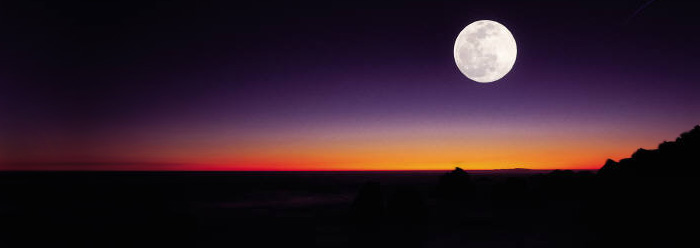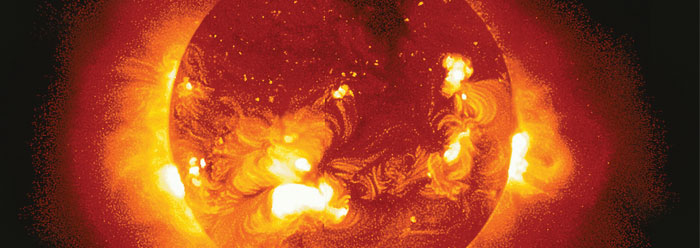
The Sun and Moon
Of all the energy the sun gives off, only 0.45 billionth of its daily output strikes the earth. The sun provides the earth with energy estimated at over 239 trillion horsepower, about 35,000 horsepower for each current resident. Even though there likely exist several hundred billion galaxies in the universe, each with 100 billion stars, there is only one atom for every 88 gallons of space, which means the vast majority of the universe is empty space!
If the moon was much larger or nearer to the earth, the huge tides that would result would overflow onto the lowlands and erode the mountains. If the continents were leveled, it is estimated that water would cover the entire surface to the depth of over a mile! If the earth was not tilted 23° on its axis, but rather was on a 90° angle in reference to the sun, we would not have four seasons.
Without seasons, life would soon not be able to exist on earth—the poles would lie in eternal twilight, and water vapor from the oceans would be carried by the wind towards both the north and south, freezing when it moved close enough to the poles. In time, huge continents of snow and ice would pile up in the polar regions, leaving most of the earth a dry desert. The oceans would eventually disappear, and rainfall would cease. The accumulated weight of ice at the poles would cause the equator to bulge, and, as a result, the earth's rotation would drastically change.
Just a “little” change (in the perspective of the universe) would render the earth unsuitable to support any life. Is this the result of accidental randomness, or purposeful intent?





